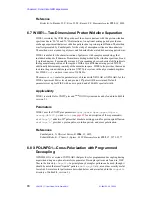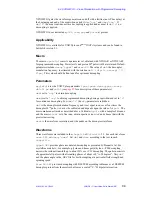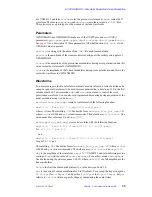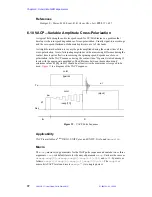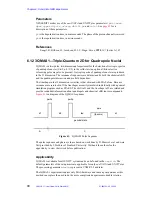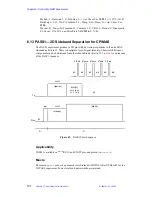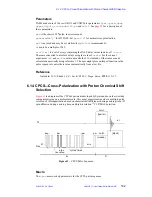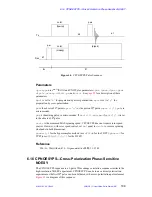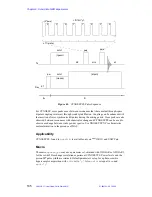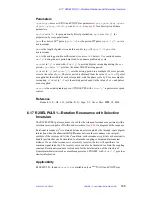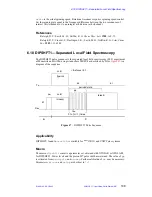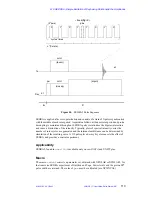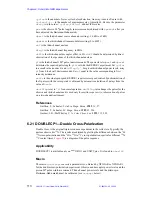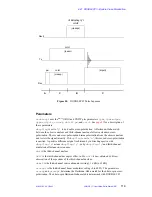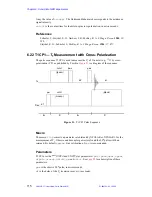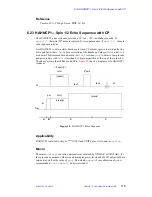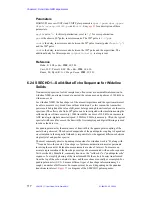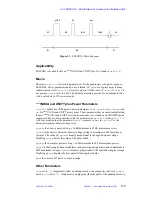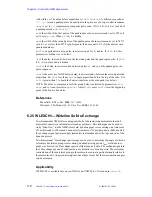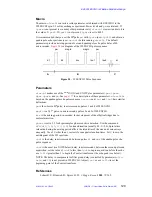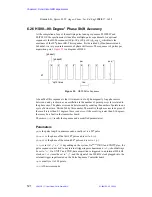
Chapter 6. Solid-State NMR Experiments
107
VNMR 6.1C User Guide: Solid-State NMR
01-999162-00 C0402
Macro
The macro
r2selpuls1
converts a parameter set, obtained with XPOLAR or
XPOLAR1, for rotational resonance with selective inversion, R2SELPULS1. Power levels
and the proton 90
°
pulse width are retained. The length of the inversion pulse is estimated
to be 50*
pwx
and the power is set accordingly. Fine calibration of the inversion pulse is
required.
Parameters
r2selpuls1
uses
UNITY
INOVA and UNITYplus parameters
tpwr
,
tpwrm
,
dpwr
,
cppwr
,
dipolr
,
crossp
,
dblvl2
,
pw
, and
cntct
for a description of
these parameters. The selective inversion pulse must be calibrated.
pwx
is the observe 90
°
pulse, in microseconds.
p1
is the observe selective-inversion pulse, in microseconds. The default is
50*pwx
. For
closely spaced resonances,
p1
may need to be longer to achieve greater selectivity. It
should be noted that for strong coupling, significant mixing occurs during the inversion
pulse and so a shorter (less selective) inversion pulse may be preferred.
tpwrms
is the observe linear modulator setting for the selective pulse. The default is
tpwrm/50
. To obtain
tpwrms
for a given inversion pulse length
p1
, set
tof2
(see
tof2
below), set
mix
to 0.0, and array the value of
tpwrm
about the default value. Choose the
value corresponding to the maximum negative signal for the resonance of interest.
tof2
is the transmitter offset of the resonance to be selectively inverted. To obtain
tof2
,
use
xpolar1
to acquire a spectrum in a second experiment, place the cursor on the
resonance of interest, and enter
movetof
. Set
tof2
in
r2selpuls1
equal to the this
tof
.
mix
is the mixing period in milliseconds. Use caution, because setting
dm='y'
during
the mix period may lead to an unacceptable duty cycle.
Figure 46. R2SELPULS1 Pulse Sequence
pw
cntct
cntct
(tpwrm)
(crossp)
(dipolr)
Tx
Dec
at
d1
A
C
(tpwrm2)
pwx
pwx
mix
B
C
p1

